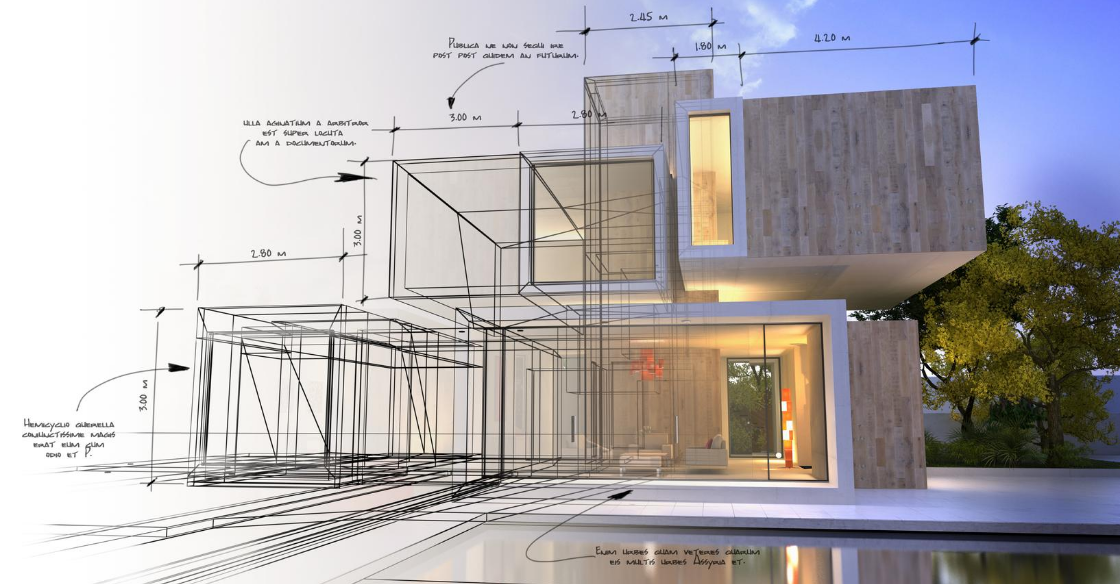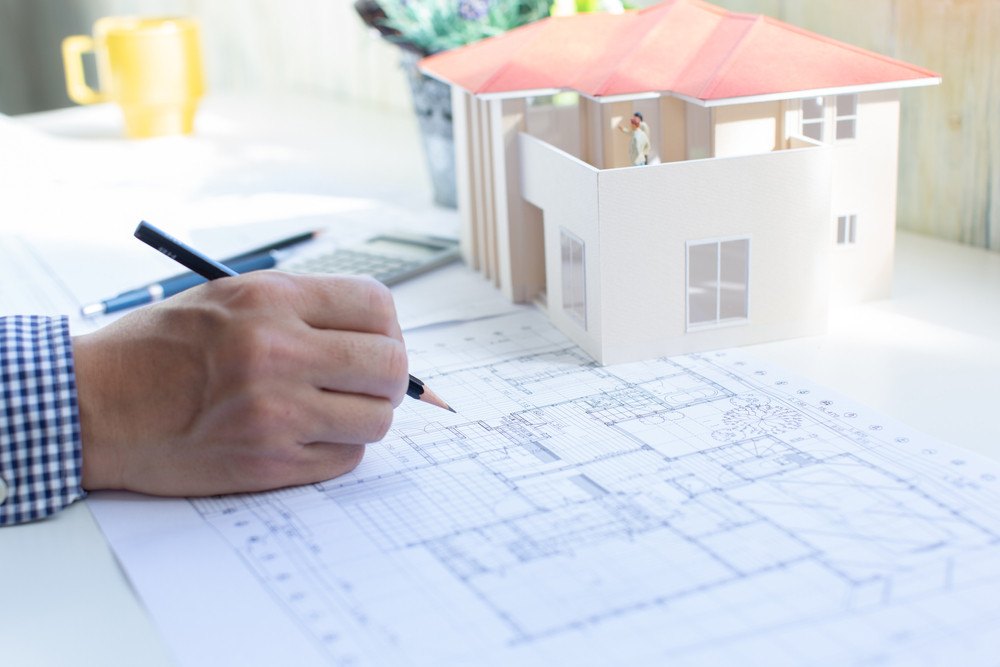The Influence of Technological Developments on the Design Practices of Contemporary Architects
The quick development of technological tools has actually dramatically reshaped the design landscape for modern architects, cultivating extraordinary levels of innovation and sustainability. The assimilation of Building Details Modeling (BIM), parametric design, and expert system has not only structured collaboration amongst diverse groups but additionally redefined job implementation. As architects welcome these improvements, they are confronted with complicated challenges that might influence their creative procedures. Exploring these characteristics discloses a nuanced interplay in between technology and standard design methods, prompting a better exam of what the future holds for architectural techniques.
Advancement of Architectural Devices
How have building tools transformed the design and construction procedures over the centuries? The advancement of architectural devices has actually dramatically impacted the efficiency, precision, and creative thinking of style and building.
With the introduction of the Renaissance, the introduction of the compass and the protractor noted an essential shift. These tools made it possible for designers to accomplish greater precision in their styles, helping with the development of even more complex and in proportion buildings. The Industrial Change even more revolutionized building method with the introduction of mechanical devices and products, allowing for bigger and more enthusiastic jobs.
In the 20th century, the growth of computer-aided style (CAD) software changed the landscape once again, giving architects with extraordinary abilities in modeling and visualization. Today, progressed tools such as Structure Information Modeling (BIM) and parametric layout software proceed to push the limits of building advancement, enabling a much more incorporated method to layout and construction procedures.
Boosted Collaboration in Layout
As technology remains to develop, improved cooperation in design has actually become a foundation of modern-day building practice. The combination of electronic devices such as Building Info Modeling (BIM), cloud-based systems, and progressed visualization software has changed the means architects, engineers, and stakeholders engage throughout the layout procedure. These tools help with real-time interaction, permitting teams to share ideas, adjustments, and responses instantaneously, no matter geographical location.

In addition, interdisciplinary cooperation has actually been structured with these technological developments, enabling architects to work more very closely with various other experts, such as urban organizers and ecological specialists. The result is a more natural method to create that thinks about different perspectives and knowledge. Ultimately, boosted partnership in design is not simply a trend; it is essential for producing innovative, useful, and visually pleasing style in a progressively complex globe.
Sustainability Via Technology
Sustainability in design has actually significantly ended up being linked with technical innovation, driving the market towards environmentally accountable techniques - cda architects. Contemporary architects are leveraging sophisticated modern technologies to minimize environmental effect while boosting the efficiency of structures. One prominent example is making use of Structure Details Modeling (BIM), which allows for accurate planning and resource allowance, lowering waste during construction and promoting energy effectiveness throughout a structure's lifecycle
In addition, clever products and energy-efficient systems are being integrated into designs to optimize source use. Technologies such as solar batteries and environment-friendly roof harness eco-friendly power resources, adding to lowered carbon impacts. In addition, the application of expert system in layout procedures makes it possible for engineers to imitate and assess power intake, assisting decisions toward more lasting end results.
The assimilation of lasting innovations not only aligns with global ecological objectives however likewise meets an increasing need from customers for environment-friendly services. As architects welcome these technologies, the emphasis shifts in the direction of producing spaces that are not just cosmetically pleasing however also functionally lasting, consequently redefining the requirements of modern style. By doing this, innovation works as a driver for sustainability, enabling engineers to create buildings that regard and enhance the all-natural atmosphere.
Challenges in Execution
While technological innovations in design hold fantastic assurance for improving sustainability, their execution commonly experiences substantial difficulties - cda architects. One primary challenge is the high knowing contour connected with new innovations. Architects and building and construction professionals may call for comprehensive training to properly utilize innovative software program and tools, which can postpone job timelines and raise expenses
Furthermore, the combination of arising modern technologies, such as Structure Information Modeling (BIM) and sustainable materials, typically demands collaboration throughout multidisciplinary teams. This partnership can be prevented by differences in competence, operations, and communication styles, causing possible problems and inefficiencies.
Financial restrictions even more make complex the adoption of ingenious modern technologies. Lots of architectural firms, especially smaller ones, might lack the resources to buy innovative devices, restricting their capacity to take on bigger Read More Here companies that can manage such financial investments.
Moreover, regulative structures and structure codes might not maintain rate with technological improvements, creating ambiguity and potential conformity concerns. This obstacle can inhibit engineers from totally embracing brand-new modern technologies, as the threat of non-compliance might exceed the benefits. For that reason, attending to these application difficulties is important for the successful integration of technical innovations in modern architectural practices.
Future Trends in Architecture
The challenges connected with the execution of new technologies in style have prompted a reevaluation of future fads within the market. As architects browse issues such as sustainability, urbanization, and social equity, they are significantly embracing innovative modern technologies to enhance style efficiency and ecological efficiency.
One popular trend is the combination of synthetic knowledge (AI) in the design procedure. AI tools can examine this website large datasets to educate design choices, enhancing both creative thinking and functionality. In A Similar Way, Building Info Modeling (BIM) remains to progress, enabling real-time partnership amongst stakeholders and helping with structured project administration.
Lasting layout practices are additionally acquiring energy, with engineers focusing on adaptive reuse and regenerative layout principles that lessen source consumption and waste. The consolidation of wise materials and renewable resource resources will certainly further improve the strength of structures in the face of environment adjustment.

Final Thought
Technological advancements have actually substantially improved building layout techniques, assisting in improved precision, cooperation, and sustainability. The combination of tools such as Building Details Modeling and parametric style software program, together with expert system and clever materials, empowers like it engineers to attend to complex obstacles a lot more efficiently. While implementation might provide particular challenges, the continued advancement of these innovations assures to drive advancement in architecture. Future fads will likely even more stress sustainability and efficiency, ultimately redefining the constructed atmosphere.